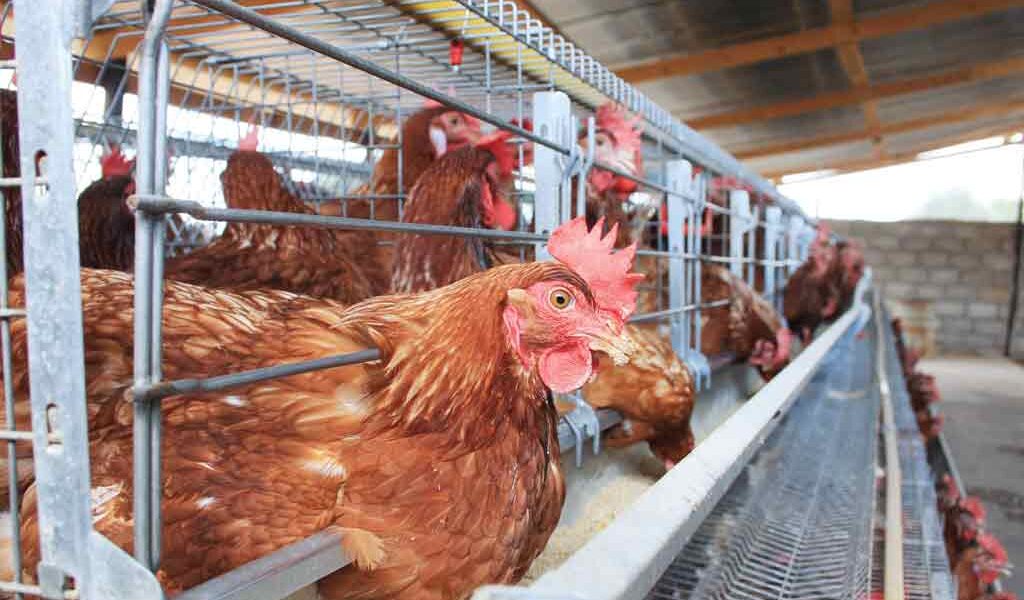- Ownership in this sector is concentrated on a few players
- Tight trade restrictions protect these dominant players from competition
- Market structure of cement is also owned by a few
OAITSE MATHALA
The Competition Authority (CA) has indicated that the poultry and the cement industries in Botswana are owned by a few individuals who have connections in South Africa, which makes domestic producers no match to them.
The Authority, in 2014, carried research studies in the Poultry and Cement industries in the country on competition dynamics and regional trade flows, and last week shared the findings with the public.
The findings show that ownership in the poultry industry in this sector is concentrated on a few players, further establishing that some of the dominant players operated at the different stages of production.
“The study revealed that ownership in the poultry sector is unique and complex. The largest poultry producers in Botswana have ties to South African producers, and domestic producers are no match to these huge firms at the breeder and processing levels. Further, the tight trade restrictions protect these dominant players from competition,” the study said.
It indicated that the relationships between the poultry abattoir and processing plant with contract growers places smaller farmers in a challenging position as they appear to be set up to fail. The cost of poultry feed in Botswana is high, the report says.
It reveals that “there is a high likelihood that feed costs could be driven high by government restrictions on feed importation as broiler producers have to source at least 70 per cent of their feed locally and in instances where there is shortage of domestic supply; a producer needs to obtain an import permit.”
On the requirement to use of Halaal certificates, the study highlights that this is a potential barrier to trade in processed poultry products. It says Botswana has been identified, alongside Zambia as the two countries where dominant countries could engage in unilateral conduct bordering on over-pricing of poultry products at both feed and broiler breeding levels.
Research carried on the cement industry in six countries (Botswana, Namibia, Kenya, South Africa, Tanzania and Zambia) revealed that the market structure of cement is also owned by a few.
“Many of the firms that trade in these countries are multinationals, e.g. Lafarge, PPC and Afrisam. Although cement is a low value, high weight product which makes it bulky to transport, many of the firms involved in the cement trade view it as regional trade other than a country to country trade, and as such complex transportation and distribution systems are integrated in the cement trade,” it maintains.
The report says there are low deposits of limestone (chief raw material in cement production) in Botswana and as a result the three cement production companies in Botswana (PPC, MPC and Botsino) are unable to meet the national capacity. “As a consequence, Botswana imports cement and even other crucial cement inputs such as clinker and fly ash mainly from South Africa and other African countries and even as far away as Asia,” it says, noting that it is the unavailability of these raw material that impedes access and expansion of the cement industry in Botswana.
The report observed that Botswana had been witnessing an increase in the price of cement until 2009 when this flattened, possibly, it says, due to government intervention or the bursting of a cement cartel in South Africa.

